19+ Sample Sick Time Tracking
-

Leave Tracking Form
download now -
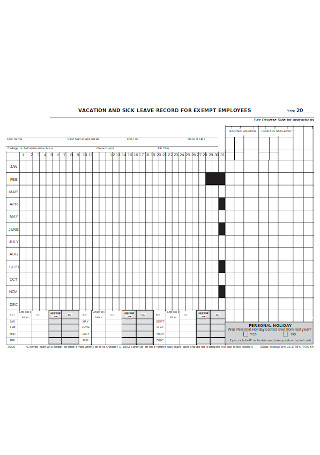
Vacation and Sick Leave Record
download now -
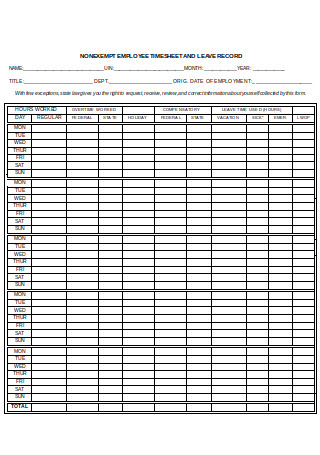
Employee Time Sheet and Leave Record
download now -
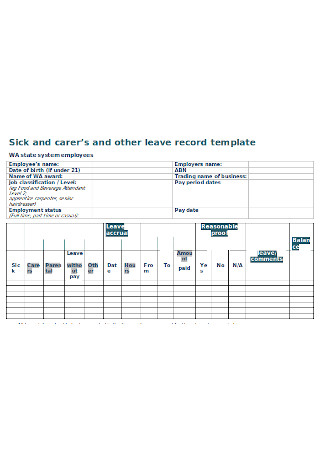
Leave Record Template
download now -
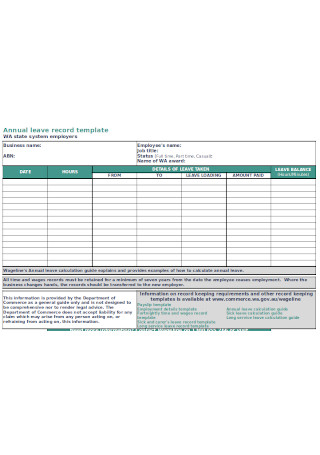
Annual Leave Record Template
download now -
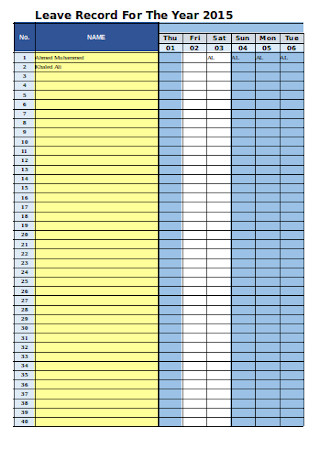
Simple Vacation Tracker Template
download now -
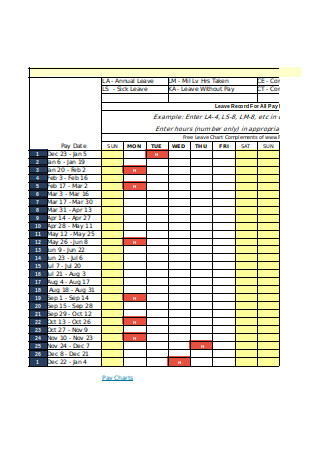
Employee’s Leave Record Tracker
download now -
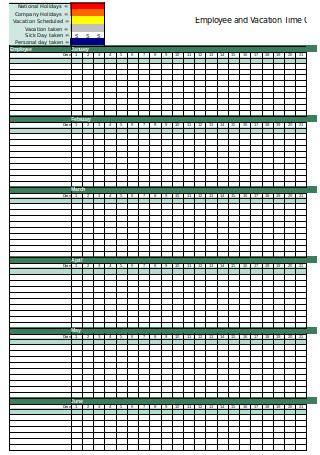
Employee and Vacation Time Off Tracker
download now -
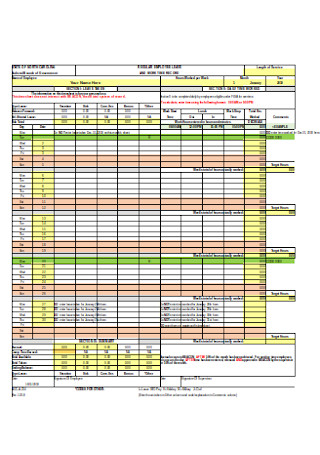
Employee Leave and Work Time Record
download now -
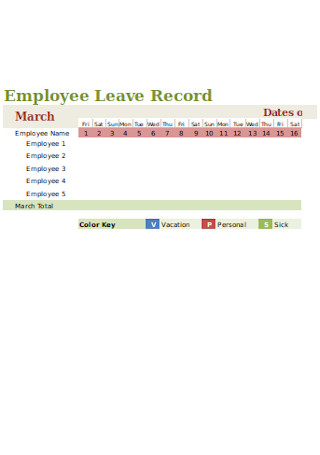
Vacation And Sick Time Tracking
download now -
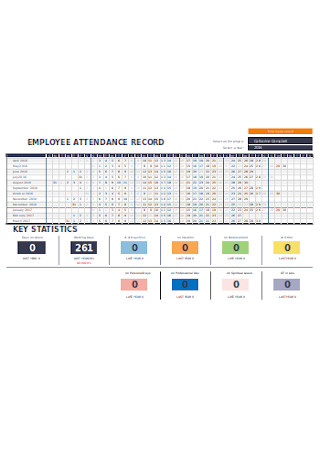
Employee Attendance Record
download now -
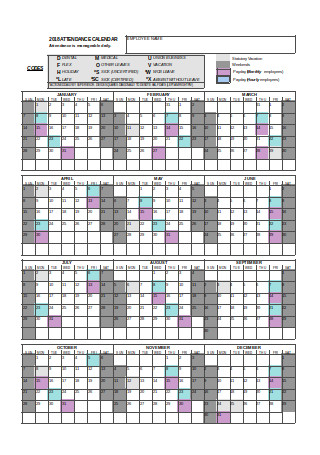
Attendance Calendar
download now -
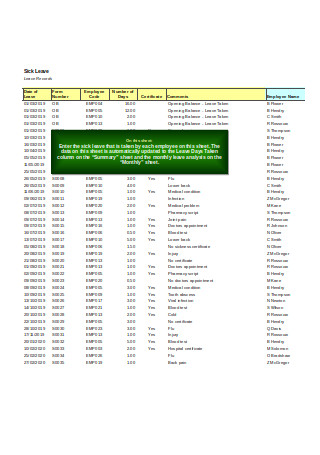
Sick Leave Template
download now -
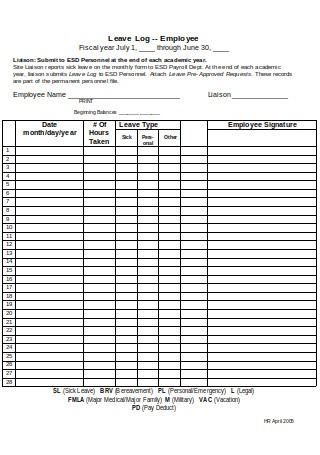
Employee Leave Tracker Log
download now -
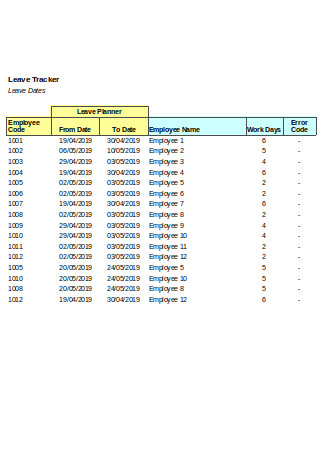
Leave Tracking Template
download now -
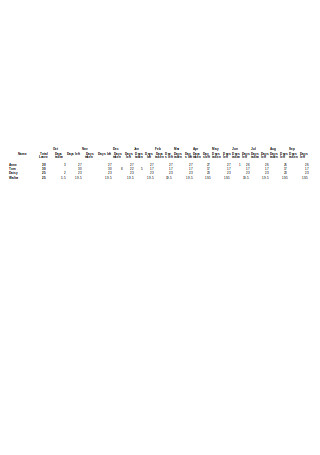
Sample Annual Leave Tracking Spreadsheet
download now -
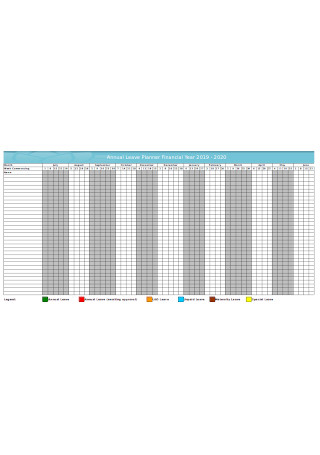
Annual Leave Planner Sheet
download now -
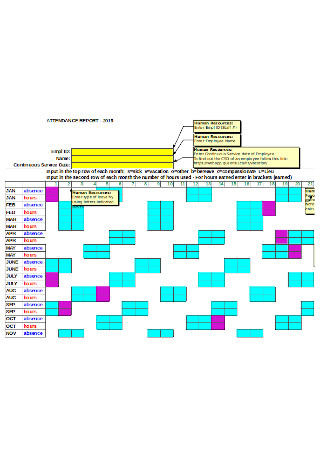
Time Tracking Spreadsheet
download now -

Exempt Employee Leave Sheet
download now -
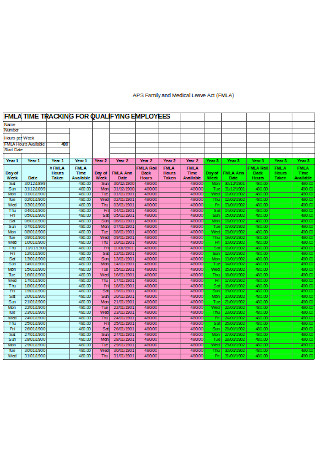
Tracking Sheet
download now
FREE Sick Time Tracking s to Download
19+ Sample Sick Time Tracking
What Is Sick Time Tracking?
Things to Consider During Actual Sick Time Tracking
Who Can Benefit From Sick Time Tracking?
8 Steps for Making a Detailed Sick Time Tracker
Benefits of Effective Sick Time Tracking
Dos and Don’ts for Excellently Implementing Sick Time Tracking
What Is Sick Time Tracking?
58% of US employees aged between eighteen to thirty years old used up to five days of sick leave last 2016 (source: statista). For your organization to know the alignment of sick time-related trends to the performance of your workforce and your business, sick time tracking is highly recommended to be implemented. Sick time tracking is a process that allows an organization to document the sick leaves used by their employees in a systematic and detailed manner. Items that are related and/or aligned with the main subject matter can also be showcased in the material for reference purposes. The processes of sick time tracking and management will require companies and establishments to use a sick leave tracker or any documents alike. Having an effective tracking document can make it easier for any organization to make sure that their sick leave or sick time tracking processes are well-maintained and accurately recorded.
Things to Consider During Actual Sick Time Tracking
Just like when making documents that your business will use for particular purposes and reasons, it is important for you to make sure that you will have a list of the variables and/or elements that you need to look into as you try to make a sick time tracking document. Being particular with all the areas and features of your sick time tracker can help you become more comfortable when using it. Here are some of the major things that you have to consider during the actual processes of sick time tracking:
1. The Identification on Whether the Sick Leave Is Paid or Unpaid
The document that you will use for sick time tracking should clearly specify if a given sick leave is paid or unpaid. To make your sick time tracking more accurate, make sure that you will request your employees who have been absent for a given or a number of days to check their leave credits and your updated sick time tracker.
2. The Specification of the Number of Paid Sick Leaves That an Employee Is Entitled With
Paid sick leave credits or entitlements are limited. With this, you have to let your human resource personnel or any person assigned to update the sick time tracker to be aware of the entitlements of each employee. The paid sick leaves entitled to an employee as per your sick time tracker should be similar with the paid sick leave count of the same employee based on his or her employment contract and attendance performance report.
3. The Presentation of All The Details and Documents Necessary for Proper Sick Time Tracking
You need to find or identify a management strategy that can help you present your sick time tracking details in the most presentable and understandable way possible. You have to consider the flow of your presentation so that the data of your sick time tracking document can be viewed and translated by your stakeholders accordingly.
Who Can Benefit From Sick Time Tracking?
Sick time tracking can be beneficial to a number of stakeholders. There are different ways on how a sick time tracking can be of value to each entity depending on their participation to the operations of the organization. To help you familiarize yourself with the people who can optimize sick time tracking for their advantage, here is a list of the entities who can experience the benefits of proper sick time tracking:
8 Steps for Making a Detailed Sick Time Tracker
Your sick time tracking document should be detailed so you can get all the data that you need related to sick leave documentation with ease. Make sure that you will plot and describe all the steps that you need to take prior to the actual creation of your sick time tracker so you can prepare yourself and/or your team with the appropriate and strategic development of the specific document. Below is standard eight-step procedure that can make it more efficient and faster for you to make your organization’s own detailed sick time tracker.
Step 1: Use an Editable Sick Time Tracking Template
Find the most suitable sick time tracking template that you can modify. Using a template can help you format the title, header, content specifications, and other areas of your sick time tracker in the most appealing and best manner possible. Make sure to edit the pre-formatted content of the sick time tracking template so that its specifications can fit your presentation and documentation requirements.
Step 2: Specify the Time Duration in Which the Attendance of Your Employees Are Tracked
Be specific when it comes to the identification of the month and year where the attendance of your employees are being tracked for purposes of payroll creation and attendance performance evaluation. It will be best if you can look into these details in consideration of your cut-off dates.
Step 3: Provide the Name of Your Employees
Alphabetically organize the name of your employees. You can also use a format feature that can show the list of your employees per department so you can make sure that you are tracking the sick leaves of the specific and correct individual. If you would like to, you can even include their work designations and employee numbers for better identification.
Step 4: Lay-out the Days When Your Employees Are Scheduled to Work
List down all of the operational days of your organization. With this, you can easily have a visual guide on when your workforce members are expected to be present at work. Make sure to identify work shifts and other considerations that can contribute to the clarity of your content presentation.
Step 5: Use a Legend or Any Symbol That Can Indicate the Absence of an Employee Within a Given Day Due to Sickness
Your sick time tracking can be presented in a single document or it can also be a part of your general attendance tracking material. With this, you need to have specific legends or indicators that can enable the management and the human resource department to easily look into the days when a given employee has been absent and decided to use one or a number of his or her sick leave credits.
Step 6: Identify the Type of Sick Leave Used By an Employee
Know whether the sick leave being filed by an employee is paid or not. Aside from decreasing his or her paid sick leave credits based on the number of days that he or she was absent from work because of sickness, the proper identification of the sick leave being used can help the hr department know whether certain pay-cuts need to be done or not.
Step 7: Leave a Blank Space or Content Block for Important Notes
To make your sick time tracking more usable, you can use a content block where you can take down notes. This can help you set certain reminders and follow-ups especially if there are still documents that are needed to be submitted by an employee so that his or her paid sick leaves can be formally credited and recorded. Consider the layout of your sick time tracker when adding this feature to the document.
Step 8: Test the Ease of Use, Effectiveness, and Efficiency of Your Sick Time Tracking Document Draft
Finalize the entirety of the sick time tracker. If you believe that your sick time tracker is already polished and highly-usable, try to execute a test run. Make any changes, if necessary. Looking into the quality of your sick time tracking for a number of times can help you make sure that you will have an output that can contribute to the effective management, recording, and reporting of your employee’s filed sick time.
Benefits of Effective Sick Time Tracking
Sick time tracking, if done right, can provide many advantages to your organization. This is why you have to develop a sick time tracking document, strategy, and procedure that can contribute to the impressive management of your employee attendance documentation and reporting. Here are the benefits that you can get with effective sick time tracking:
Dos and Don’ts for Excellently Implementing Sick Time Tracking
There are several things that can make or break the effectiveness of your sick time tracking. If you want to get the most out of the availability and usage of your sick time tracking document, you have to make yourself aware of certain guidelines. Some of the tips that you can incorporate in the actual implementation of your sick time tracking include the following:
Do’s
1. Do Make Your Sick Time Tracking Form or Document Systematic
Always give your focus on the systematic formatting of your sick time tracker. It is essential for your sick time tracking document and processes to be organized as any improper layout feature that caused an inaccurate updating move can already lessen the credibility and effectiveness of the document.
2. Do Ensure That Your Sick Time Tracker Is Always Updated
Sick time trackers will be useless if they are not updated. What is the sense of using a sick time tracking document if it cannot provide you with real time data that you need for documentation, payroll, and other purposes? Hence, you have to always be on the lookout for the timely content management of your sick time tracker to make sure that all details that are needed for updating has been looked into and prioritized.
3. Do Review Your Sick Leave Policies Before Executing Sick Time Tracking
Your sick time tracking should always consider your existing sick leave policies. It will be very useful if you will first review your policies about sick leave usage so you can ensure that your tracking activities are considerate of your rules and regulations with regards the given matter.
Don’ts
1. Don’t Put Any Inaccurate Information in the Sick Time Tracker
Always check supporting documents and submitted requirements when updating your sick time tracker. You have to ensure that all the details of your sick time tracker are accurate as any lapses can result to payroll problems, employee attendance performance report inconsistencies, and questionable data documentation which can negatively impact your relationship with the members of your workforce.
2. Don’t Use a Sick Time Tracking Template That Is Confusing or Misleading
Be strategic and mindful when selecting the template or any other reference that you will use for the proper formatting of your sick time tracker. Your sick time tracking activities can be highly-affected by the document layout that you will use. Make sure that the template that you will choose is not confusing. The features and other layout specifications of the template should not be misleading so you will not find it hard or challenging to update the document when necessary.
3. Don’t Overlook Your Leave Management Strategies When Developing Your Sick Time Tracker
Sick time tracking is developed to ensure that your leave management strategies are aligned with the objectives of the business or a particular department. With this, your sick time tracker should contain features that can help you execute your leave management strategies accordingly.
Once you have finalized your decision to make a sick time tracking document, we recommend you to go back to the samples and templates that we have listed and made available just for you. All of the downloadable references that we have put together, alongside the related discussion above, can help you have an easier time when developing the best sick time tracking material that your organization can surely benefit from.
